The art of timbral transition in orchestration remains one of the most nuanced and expressive techniques available to composers and arrangers. Unlike harmonic or rhythmic elements, which often follow established rules, the blending and shifting of instrumental colors operate in a realm where intuition and experimentation reign supreme. This delicate dance between instruments—sometimes subtle, sometimes dramatic—shapes the emotional contour of a piece in ways that listeners feel more than they consciously perceive.
At its core, timbral transition is about creating continuity or contrast. A skilled orchestrator knows how to pass a melodic line from the strings to the woodwinds without drawing attention to the seam, making the shift feel organic. Conversely, a sudden eruption of brass after a passage of hushed violins can deliver a visceral jolt. These choices are never arbitrary; they serve the narrative of the music, whether it’s the slow unfurling of a pastoral scene or the abrupt violence of a climactic confrontation.
The strings section, with its wide dynamic range and capacity for vibrato, often acts as the backbone of these transitions. A melody might begin in the violins, rich and soaring, then descend into the darker, more introspective tones of the cellos before being picked up by the clarinets. The clarinets, in turn, can either mirror the strings’ phrasing or reinterpret it with their own articulations, creating a sense of dialogue. This kind of handoff requires meticulous attention to balance and articulation; a poorly executed transition can disrupt the flow, drawing attention to the mechanics of the orchestration rather than the music itself.
Woodwinds offer a particularly versatile palette for timbral shifts. The flute’s crystalline brightness can evoke sunlight breaking through clouds, while the oboe’s reedy poignancy might suggest a human voice in lament. When these instruments intertwine—say, a flute and clarinet playing in thirds—the result is a hybrid color, neither wholly one nor the other. This blending is where orchestration transcends mere instrumentation and becomes alchemy. The French impressionists, Debussy and Ravel, were masters of this, often dissolving melodic lines into washes of sound where individual instruments became indistinguishable.
Brass, by contrast, tends to dominate when it enters, making its transitions more about impact than subtlety. Yet even here, there’s artistry in the approach. A horn can emerge from a texture almost imperceptibly, its warm tone blending with the woodwinds until it steps forward. Trumpets and trombones, on the other hand, often announce themselves with bold strokes. The key is in the preparation—how the preceding harmony and dynamics pave the way for the brass’s entrance, ensuring it feels inevitable rather than abrupt. In Mahler’s symphonies, for instance, brass chorales often grow out of the existing texture like geological formations, massive yet organic.
Percussion adds another dimension, not just as accent but as a bridge between timbres. A roll on the timpani can smooth the transition from strings to brass, while a glockenspiel might sprinkle a metallic sheen over a woodwind passage, subtly altering its character. The celesta’s ethereal chime, famously used in Tchaikovsky’s Dance of the Sugar Plum Fairy, creates a transition into a magical realm without a single harmonic change. These effects rely on the listener’s subconscious associations—metallic sounds suggest cold or mystery, drums evoke primal energy—and the orchestrator harnesses these to guide the audience’s emotional journey.
In contemporary scoring, electronic elements have expanded the possibilities further. A synth pad might morph imperceptibly into a string section, or a sampled sound might dissolve into live percussion. These techniques blur the line between acoustic and electronic, creating transitions that would be impossible with traditional instruments alone. Hans Zimmer’s scores often play with these boundaries, using synthetic textures to unsettle the listener before resolving into familiar orchestral sounds.
Ultimately, the art of timbral transition lies in serving the music’s emotional arc. Whether through the gentle overlap of strings and winds or the stark contrast of solo harp against full orchestra, these moments shape how we experience time and tension in a piece. The greatest orchestrators—from Berlioz to John Williams—understand that timbre isn’t just decoration; it’s storytelling. And like all great stories, the magic often lies in the spaces between the words, in the breaths where one color becomes another.
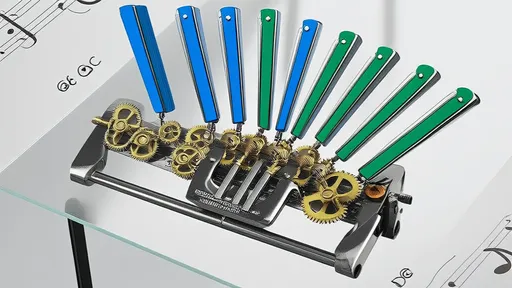
By /Jul 25, 2025
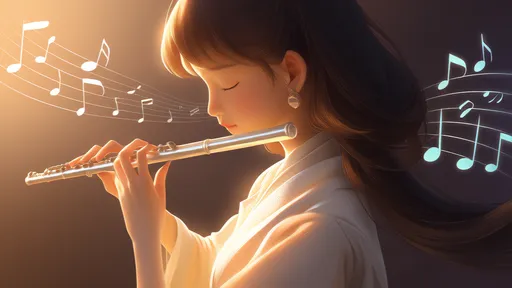
By /Jul 25, 2025
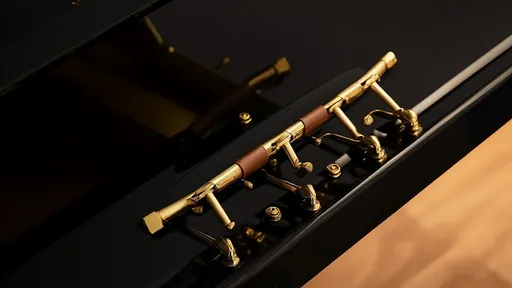
By /Jul 25, 2025
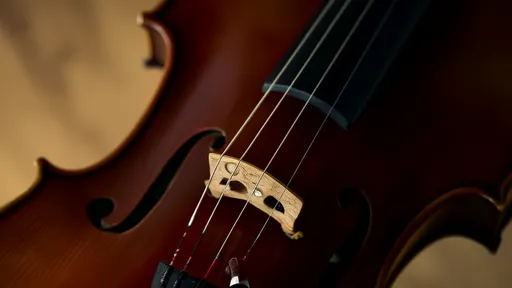
By /Jul 25, 2025

By /Jul 25, 2025

By /Jul 25, 2025

By /Jul 25, 2025
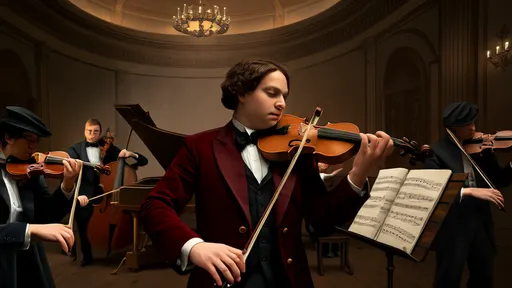
By /Jul 25, 2025
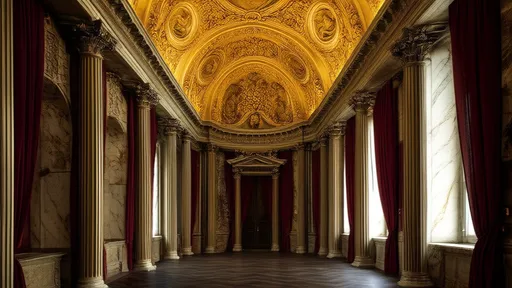
By /Jul 25, 2025
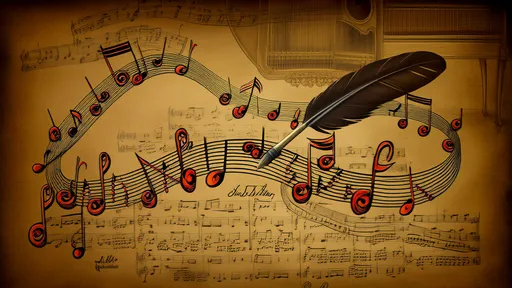
By /Jul 25, 2025
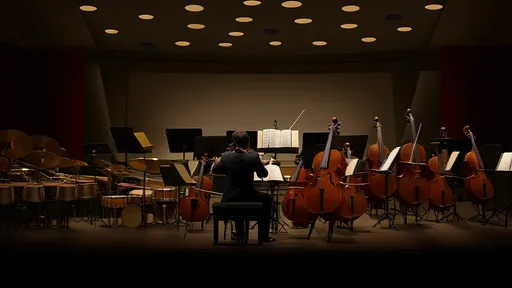
By /Jul 25, 2025
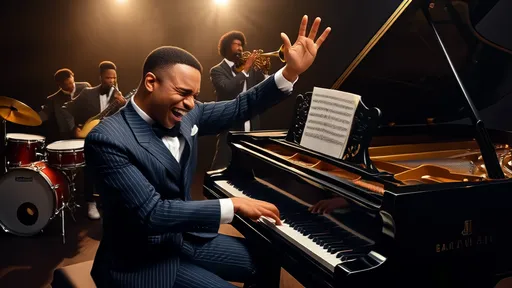
By /Jul 25, 2025

By /Jul 25, 2025
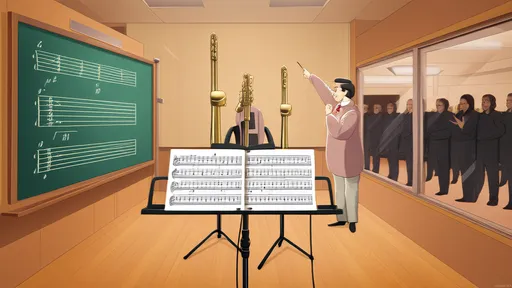
By /Jul 25, 2025

By /Jul 25, 2025
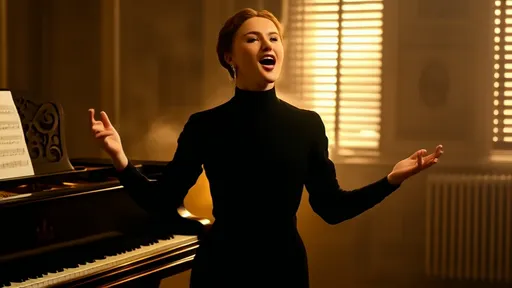
By /Jul 25, 2025
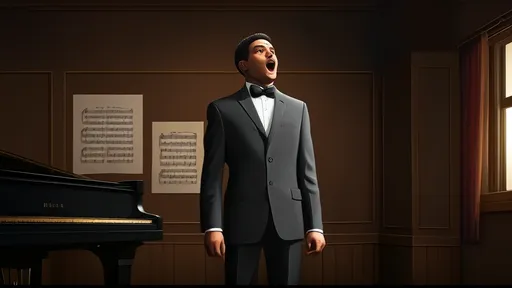
By /Jul 25, 2025

By /Jul 25, 2025

By /Jul 25, 2025
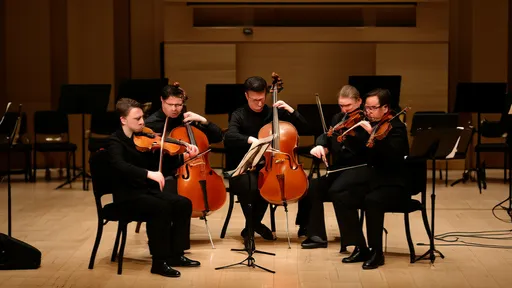
By /Jul 25, 2025